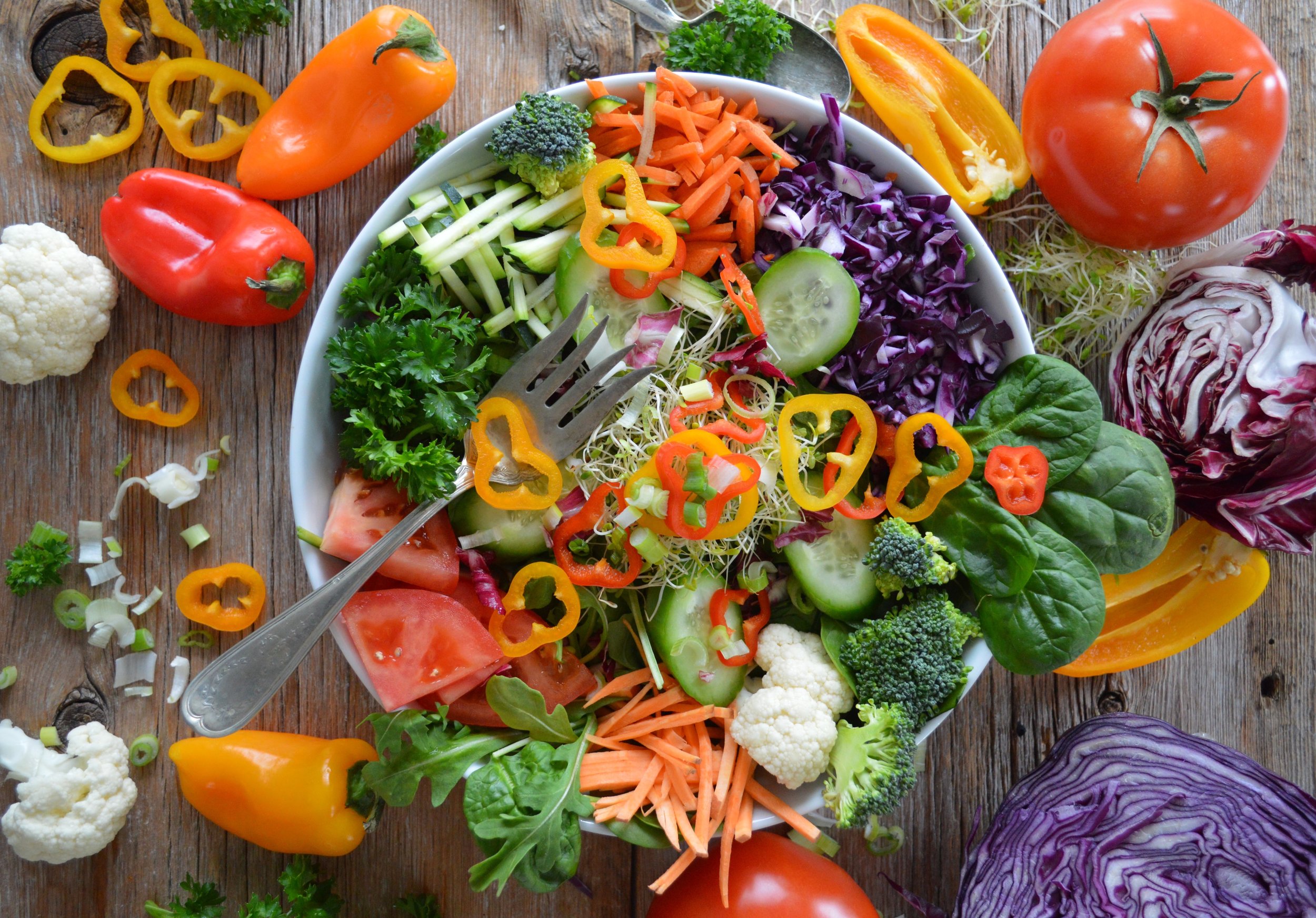Gluten-Free and Vegan Linzer Cookies
/These homemade Linzer cookies are both gluten-free and vegan.
As a child, I would always look forward to eating a Linzer cookie during the kiddish after Shabbat morning services. There was something uniquely memorable about these 2-layered sandwich cookies stuck together with jam, with a hole on the top for the jam to seep through. The snow-like dusting of powered sugar on top of each cookie no doubt contributed to my desire.
With this memory in mind, I recreated the Linzer cookies of my childhood using gluten-free and vegan ingredients. I took special care to make a recipe that could be eaten by a visiting family member who suffers from celiac disease. The filling came about after a visit to Underwood Farms outside LA in mid-June. We harvested four containers of boysenberries. What does one do with all those boysenberries? Initially, I made a boysenberry pie. Then, with the leftover pie filling, I decided to make these delectable Linzers.
What is a Linzer Cookie?
A Linzer cookie is a 2-layer, jam-filled, sugar-dusted cookie. The concept originated in the Austrian city of Linz. The cookie evolved from the Linzertorte, a tart made out of a buttery dough, accompanied by almonds, lemon zest and cinnamon – and filled with black currant preserves, and, later, raspberry preserves. The cookies were traditionally made from flour and ground nuts (usually almonds) and filled with fruit jam, then dusted with confectioner's sugar.
Spreading the boysenberry filling on the cookies
Ingredients
1 1/2 cups almond flour
1/2 cup arrowroot starch
1/2 tsp baking powder
1/8 tsp salt
5 Tbsp coconut oil
2 Tbsp raw honey
1/2 tsp vanilla extract
1/8 tsp almond extract
1 tsp orange zest or lemon zest (optional)
Directions
Preheat oven to 350°F
Pour almond flour into a medium-sized mixing bowl
Combine with arrowroot starch, baking powder and salt; mix well
Add in the coconut oil, raw honey, vanilla extract, almond extract and orange zest
Initially, mix the dough with a spoon, then use your hands to work the dough until it feel cohesive and somewhat pliable; it will not hold together like wheat flour but it should not completely fall apart either
Place the dough between two silicone pastry mats (or two sheets of parchment paper)
Using a roller, roll the dough to approximately 1/4-inch thickness
Carve out cookie-sized circles using the rim of a drinking glass that's no more than 2 inches wide (because the cookies will grow wider in the oven); you will end up with as many as 20 cookies
For half the cookies, carve a cutout about 1/3 inch in diameter into the center of each cookie (this will be the top layer of the finished cookie)
Carefully transfer cookies to a baking sheet (or two) lined with parchment paper
Bake for 8-10 minutes – or until the cookies begin to look golden brown (don't rely on a timer; just use your oven light to gauge when they are ready)
Remove from oven immediately and let cool completely
Once cooled, add about a teaspoon of homemade boysenberry filling (or any store-bought boysenberry, blackberry or raspberry jam) to the bottom layer of each cookie and place the layer with the cutout on top
Grind coconut sugar in a coffee grinder and dust the cookies with the sugar
This recipe will make about 10 double-layered Linzer cookies. They will probably be eaten before the night is over.






